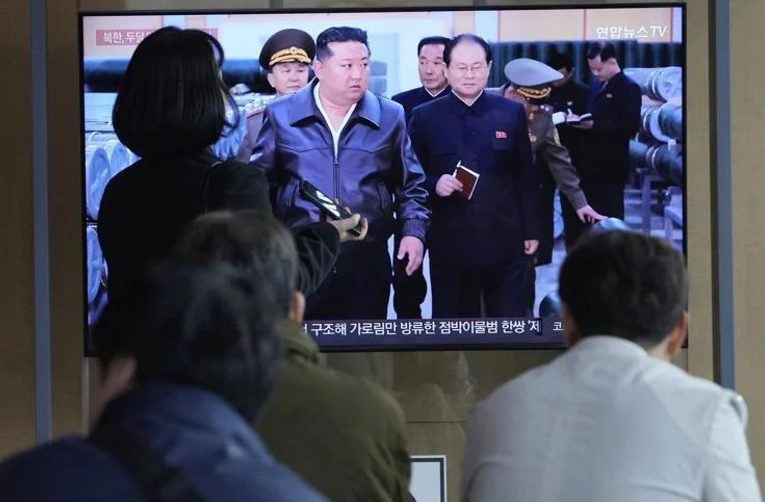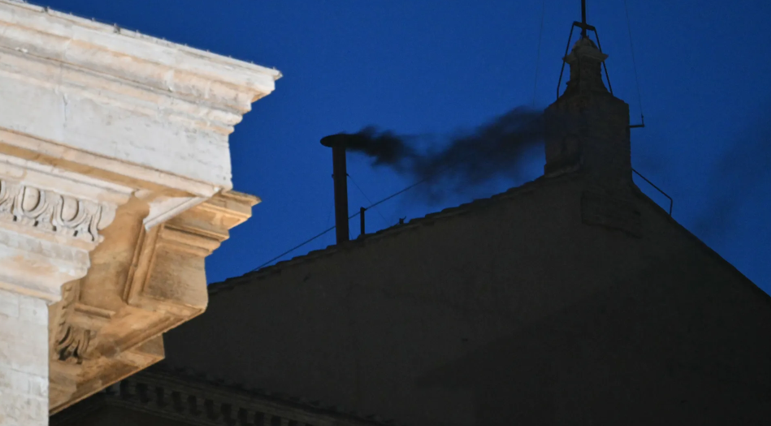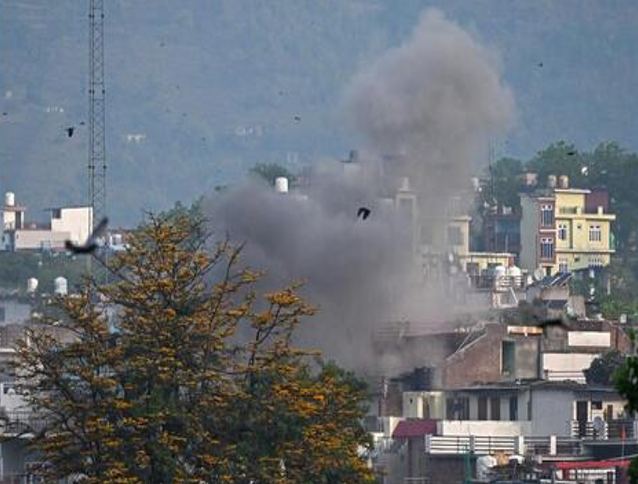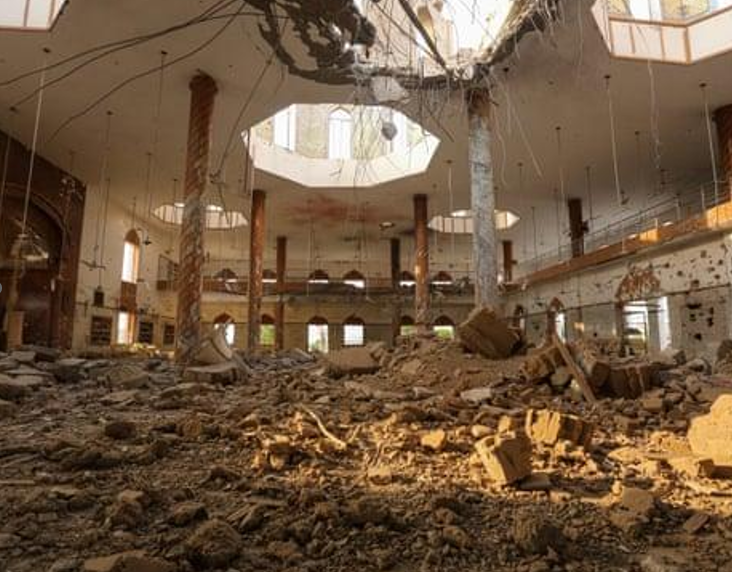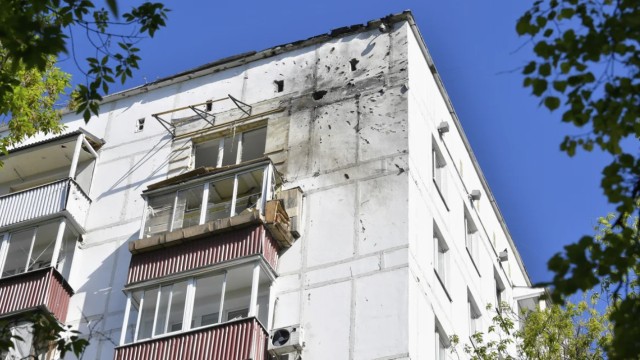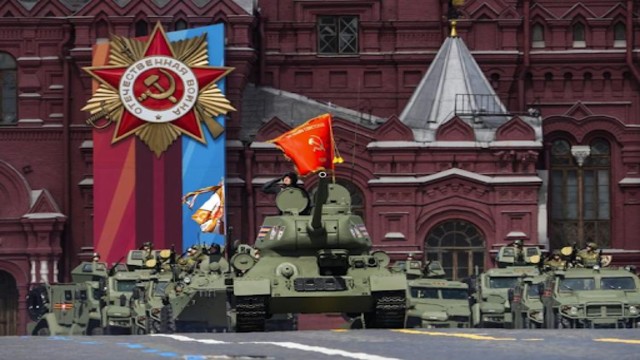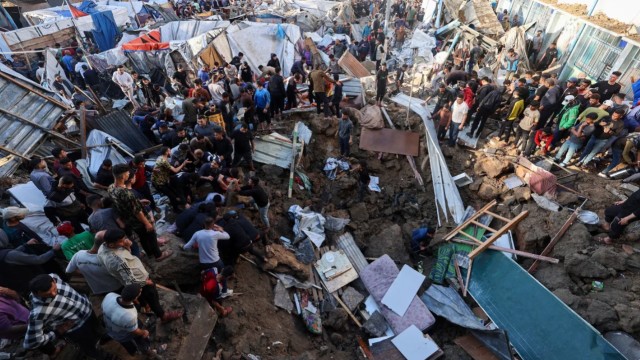
After a ceasefire between Israel and Hamas in January, thousands of displaced Palestinians traveled from southern Gaza back to the northern part of the strip. REUTERS
U.S. President Donald Trump has once again proposed that Israel should hand over control of Gaza to the United States after the ongoing conflict ends. His remarks come after officials in his administration appeared to downplay his initial statement. Trump insists that no American troops would be required, and Palestinians would be resettled elsewhere.
During a statement on Thursday, Trump reiterated his plan, suggesting that the region’s residents would move to “safer and more beautiful communities” with modern infrastructure. However, his proposal has sparked intense criticism from the United Nations, human rights organizations, and Arab leaders, who accuse him of advocating forced displacement. Legal experts warn that such a move would violate international law, which prohibits the forced transfer of populations from occupied territories.
The controversy began earlier in the week when Trump first floated the idea, claiming that the U.S. would oversee Gaza’s redevelopment, transforming it into the “Riviera of the Middle East.” However, after his remarks, White House spokeswoman Karoline Leavitt and Secretary of State Rubio offered a different interpretation, stating that any relocation of Palestinians would be temporary, allowing for debris removal and reconstruction.
Trump’s initial remarks seemed to suggest permanent displacement, but his latest statement on Thursday aligned more closely with his officials, as he clarified that no American soldiers would be stationed in Gaza. Despite this, analysts remain skeptical about the feasibility of his vision, as no concrete plans have been put forward.
The discussion surrounding Gaza’s future has taken on greater urgency as the conflict continues to devastate the region. The United Nations reports that the Gaza Strip, a small but densely populated area, has suffered widespread destruction. Entire neighborhoods have been wiped out, agricultural lands have been reduced to barren rubble, and basic infrastructure—such as water and sanitation systems—has collapsed. The UN Environment Programme estimates that it could take over two decades to remove the debris left behind by the war.
The ongoing conflict was triggered by Hamas’s cross-border attack on Israel on October 7, 2023, which resulted in approximately 1,200 deaths and the capture of 251 hostages. In response, the Israeli military launched a large-scale offensive against Hamas, leading to massive casualties in Gaza. Reports from the Hamas-run health ministry indicate that more than 47,550 people have been killed and over 111,600 injured in Gaza since the fighting began.
Trump’s statements have not only stirred international controversy but also caught many in his own administration off guard. Reports suggest that his remarks were made without thorough discussion or planning. During a recent press conference with Israeli Prime Minister Benjamin Netanyahu, Trump insisted that his idea “deserves serious attention,” though even senior officials appeared uncertain about how it would be implemented.
Despite the backlash, Trump continues to present himself as a peacemaker. At a prayer breakfast following his remarks, he expressed his hope that his “greatest legacy will be as a unifier.” However, with no clear policy framework and strong opposition from global leaders, his Gaza proposal remains highly contentious.


